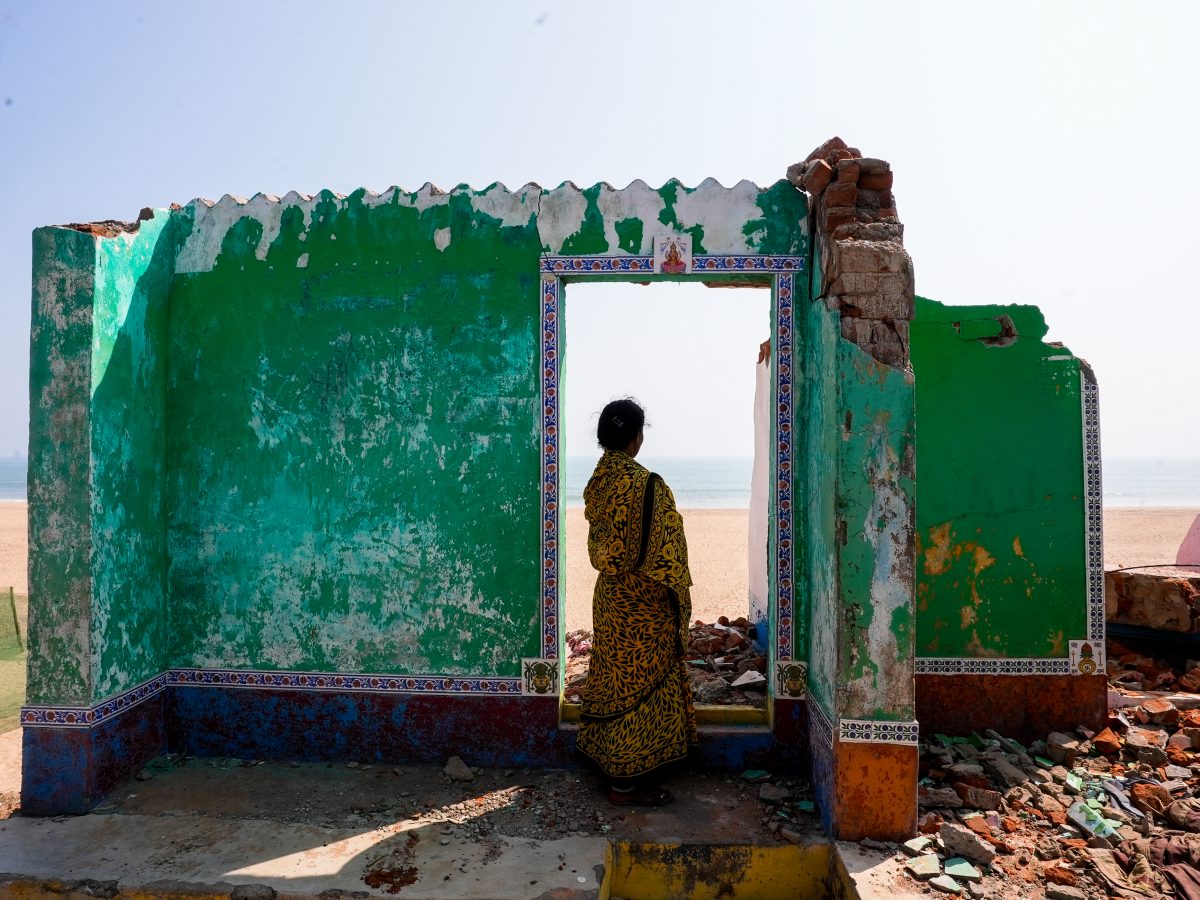Climate change and skewed ‘development’ have made an angry sea eat up coastlines, the umbilical cord that connected coastal communities to it. Here is proof of this estrangement.
—
My first memory of the sea is from when I was four years old. I remember the rhythmic sound of the waves, the bells of the ice candy cart which brought a handful of joy, but more than anything else, I remember the absolute endlessness of the sea.
I was told the sea is where the sun goes to sleep and I believed it was possible. After all, the sun is so small and the sea is so big. But that happy illusion was shattered a few years later when I first saw a sunrise on the eastern coast.
I have seen many sunrises and sunsets on the sea after that. Those were the only two constants while everything else changed, and that too for the worse. I bore witness to the degradation of the sea and how that impacted the people who depended on it.
After a point, I started clicking pictures.
Coastal regions are among the most critically affected ecosystems by climate change. India’s coastal regions, especially the low-lying stretches on the east coast, are already witnessing the worst of these climate stresses. Odisha’s coastlines are among the biggest victims of coastal erosion and submergence due to rising sea levels.
While Satabhaya (a village that got swallowed by the sea) is a prime example of climate change-induced coastal erosion, man-made mitigation measures and port construction in the name of ‘development’ have also accelerated the destruction of these already vulnerable ecosystems.
This is a collection of pictures from an almost 1,600-km long journey I undertook along the coasts of Odisha, covering the districts of Ganjam, Kendrapara, Puri and Bhitarkanika. The photo essay aims to throw light on the issue of sea erosion in a climate-vulnerable space. It also shows how under-planned construction and mitigation measures add to the already existing burdens of the coastal community.


It is a race against time for the coastal villages of Odisha. Almost half of Odisha’s 196 km long shoreline has undergone erosion between 1990 and 2005. Today, 74 villages in the state are in the clutches of coastal erosion.


The construction of Gopalpur port in Ganjam district and the subsequent building of seawalls along the port have led to accelerated erosion of the 5 km-long coastline along Aryapalli village.
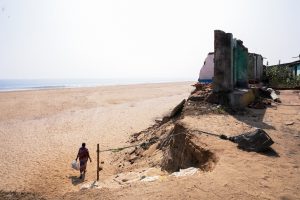

In only the last 15 years, Podampeta village of Odisha’s Ganjam district has lost 200 houses to the sea and now resembles the ghost town of Rameshwaram.
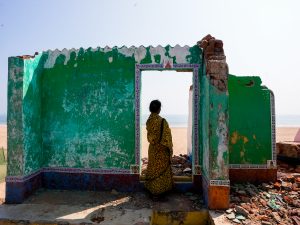

C.H. Paindi, a resident of Podampeta village, dreamt of growing old in her ancestral home. Instead, a storm surge washed off a large piece of land just 8 months ago and all she is left with are the ruins of her dreams. According to her, the sea started aggressively moving closer to the village around ten years ago.
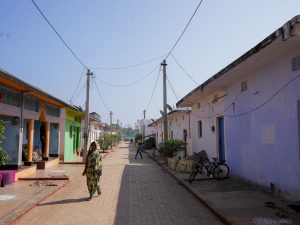

The residents of erosion-hit Podampetta and Ramayapatnam villages have been shifted to rehabilitation colonies. Their connection with the sea is lost, their lives have been upended and their sources of livelihood have dried up. It is important to understand that the coast is not just a place of residence for these people but also the place where they have traditionally earned their livelihood. They can be given houses elsewhere but it is almost impossible to give them a dignified life in these new, alien places.
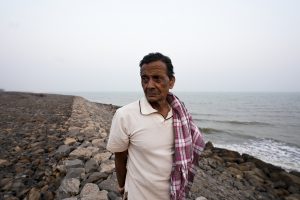

Sarat Tripathi, the sarpanch of Pentha village in Kendrapara district, is only left with the memories of a beach. He says the geosynthetic tubes installed as a part of the coastal zone management plan to check coastal erosion now resemble a seawall, ironically resulting in even more sea erosion. Hard-engineered structures are often criticised for their negative impact on the environment.
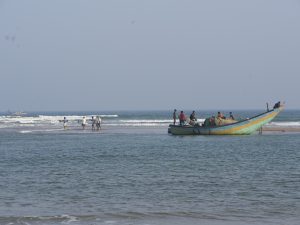

Fisherfolk who used to dock their boats on the beach now have to dock them on small patches in the sea during low tides or near the port, away from the village. This makes them more dependent on tides, forces them to bring in smaller hauls and eats up more of their time everyday.
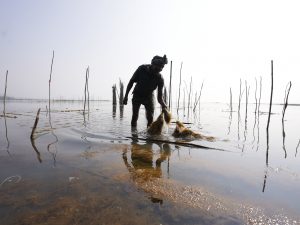

With the fish catch reducing by as much as 40 percent due to climate change, fisherfolk have been forced to take up alternate professions. While most of them migrate out of the state for petty work, people like Arjuna Mallik are trying to take up seaweed farming in the hope of a stable income.
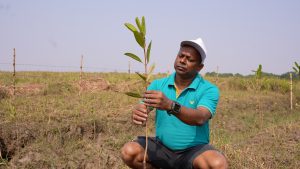

Local non-governmental organisations and cooperative societies are also taking up natural mitigation measures like mangrove plantations. Bijay Kumar Kabi, with the help of villagers, has planted a 25-acre mangrove cover in Badakot village, Bhitarkanika to control rapid erosion.
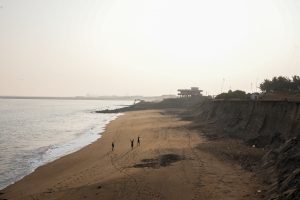

Odisha and its communities are losing their coasts to rapid development— pucca constructions and faulty mitigation measures— along with an increase in climate change-induced extreme weather events like cyclones and storms. The place that once hosted a bustling crowd now has ancient rocks and modern JCBs. The future looks bleak.

